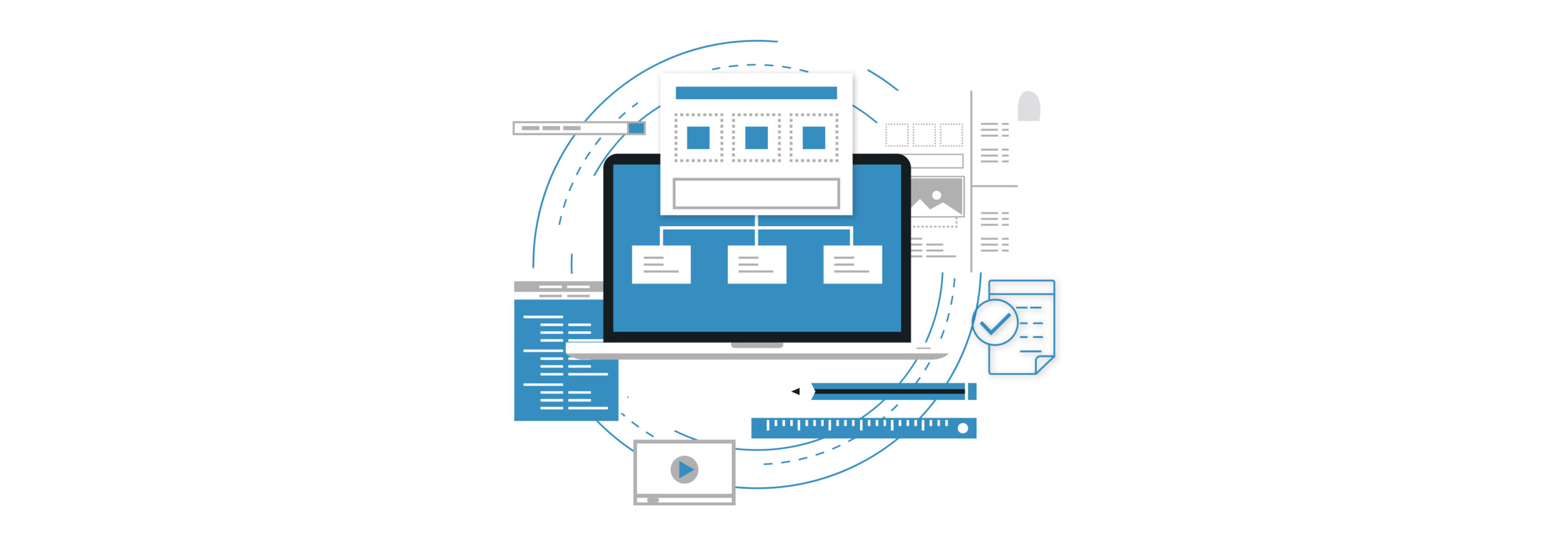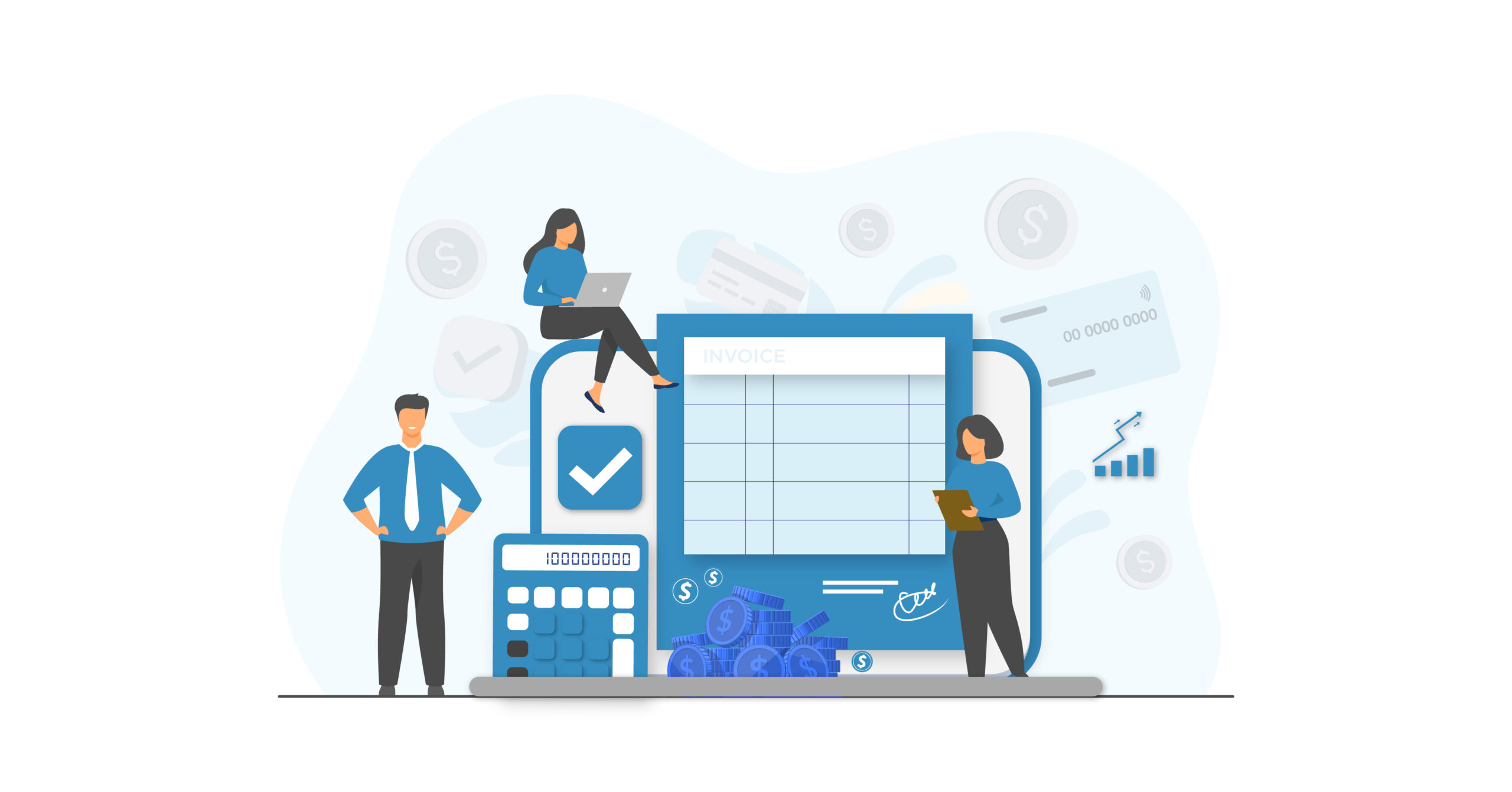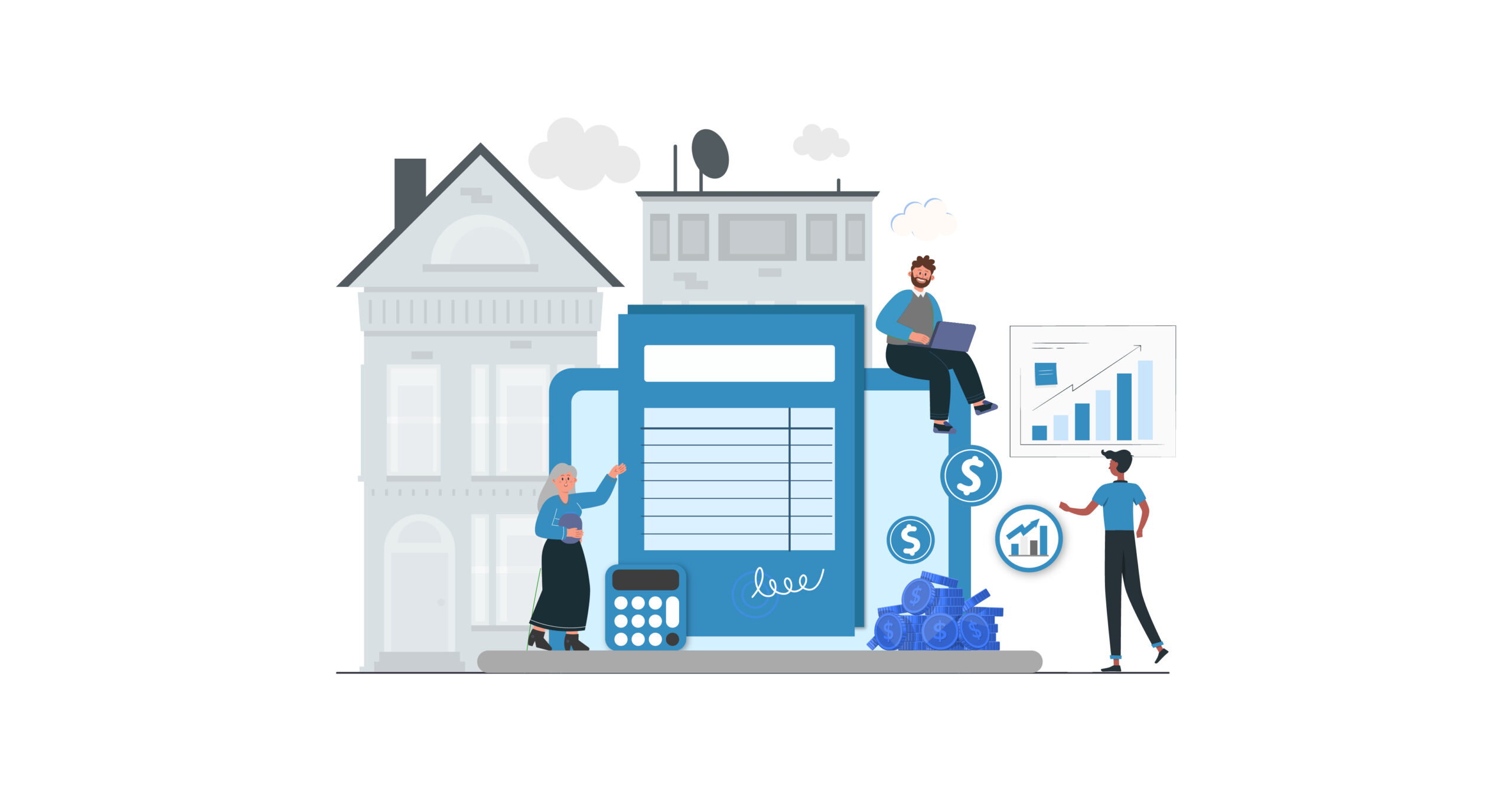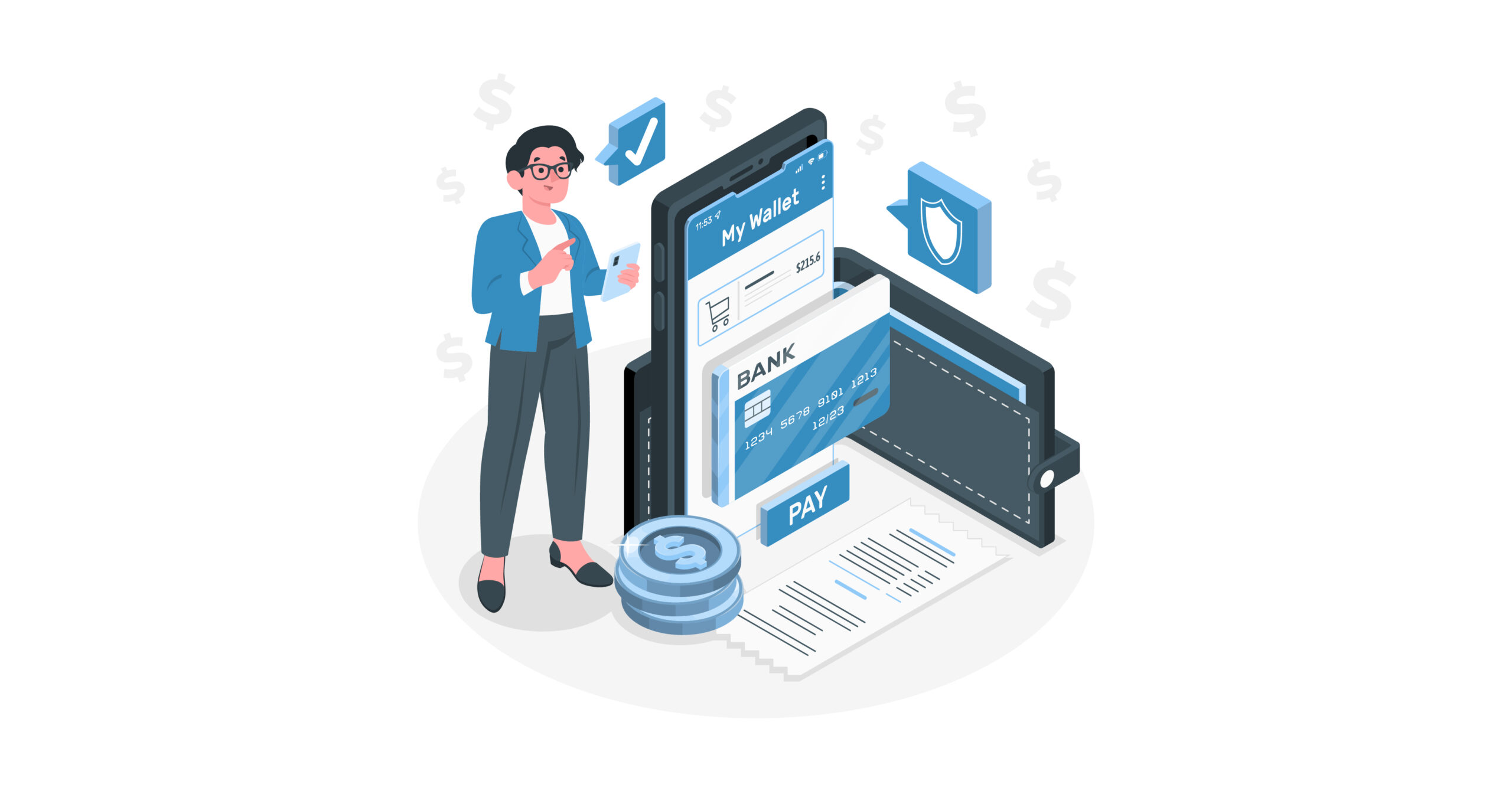Invoice processing time today’s ever-shifting economic landscape, organizations are placing heightened importance on meticulous spend management – closely monitoring and optimizing company expenditures. At the heart of this financial dance, the Accounts Payable (AP) department emerges as a pivotal player, where triumph is intimately intertwined with the precision and efficiency of the team and their operational workflows. They monitor invoice processing time and minutes to ensure the most efficient systems.
The payables process encompasses several crucial phases:

- Receipt and Validation of Invoices: The journey commences with the receipt of invoices, followed by meticulous validation to ensure accuracy and authenticity.
- Data Capture and Coding (Indexing): Here, the data contained within the invoices is carefully extracted and assigned appropriate codes, streamlining the tracking process.
- Matching Invoices to Purchase Orders and Receipts: A pivotal step involves cross-referencing the received invoices with corresponding purchase orders and receipts, ensuring alignment and coherence.
- Navigating Approval Workflows: The invoice then embarks on a journey through intricate approval workflows, where it must garner the necessary authorizations before proceeding further.
- Supplier Payments: Finally, the approved invoice culminates in the payment of suppliers, ensuring that the financial obligations are met promptly and accurately.
In this dynamic business landscape, it’s imperative for enterprises to possess insights into the time it takes for an invoice to transition from indexing to approval. This critical data aids in identifying potential bottlenecks within the AP process, enabling businesses to make informed decisions and streamline their operations. However, this task can be particularly daunting when relying solely on manual processes, especially considering that an estimated 50% of invoices are still received in paper form. This adds an additional layer of complexity to the already intricate terrain of spend management.
Power of Technology in Invoice Processing

In response to this challenge, enterprises are increasingly adopting Business Intelligence (BI) solutions. In one of the surveys of middle-market finance teams reveals that 50% of respondents are leveraging automation technology to dissect data and enhance their decision-making processes.
Harnessing advanced analytics tools empowers accounting professionals to glean invaluable insights into their invoice management procedures. Moreover, comprehending the intricacies of invoice processing time yields a host of additional advantages, including:
Enhanced Operational Efficiency
Examining invoice processing time is essential for gauging the operational efficiency of the accounting department. This analysis enables accounting leaders to identify operational bottlenecks within the invoice approval process, empowering them to take proactive measures to reduce delays. Recognizing opportunities for automation or process optimization can significantly enhance operational efficiency, resulting in cost savings.
Strengthened Partnerships
Gaining insight into the time it takes for invoices to progress through each processing stage enables businesses to foster stronger relationships with vendors and clients. This knowledge empowers organizations to set realistic expectations, ensuring transparency in payment timelines and minimizing the risk of disputes or delayed payments.
Analytics
Analytics dashboards empower users to delve deeper into areas of interest, unlocking actionable insights. For instance, the Approval Metrics dashboard provides quantifiable data on the average time it takes for invoices to be entered and approved. The reports detail the average workflow duration in business days, allowing analysis by user, entity, or supplier for enhanced clarity and decision-making.
Incorporating advanced business analytics into their accounting operations, organizations can harness a wealth of actionable insights that empower them to make informed, strategic decisions. By gaining a comprehensive understanding of their invoice processing timeline, businesses can not only optimize their financial performance but also forge stronger connections with stakeholders.
These insights enable companies to streamline their invoicing procedures, identifying bottlenecks and inefficiencies. By addressing these pain points, businesses can reduce processing times, lower costs, and enhance overall operational efficiency.
Moreover, the ability to predict cash flow with greater accuracy allows organizations to allocate resources more effectively, ensuring they have the necessary funds for growth initiatives, investments, and day-to-day operations.
Furthermore, the transparency and accountability provided by business analytics enhance trust and confidence among stakeholders, including investors, shareholders, and customers. This increased trust can lead to improved financing opportunities, higher stock prices, and greater customer loyalty.
Embracing business analytics in accounting practices is not merely a financial exercise; it’s a strategic move that can drive significant improvements in financial performance, operational efficiency, stakeholder relationships, and overall business success





